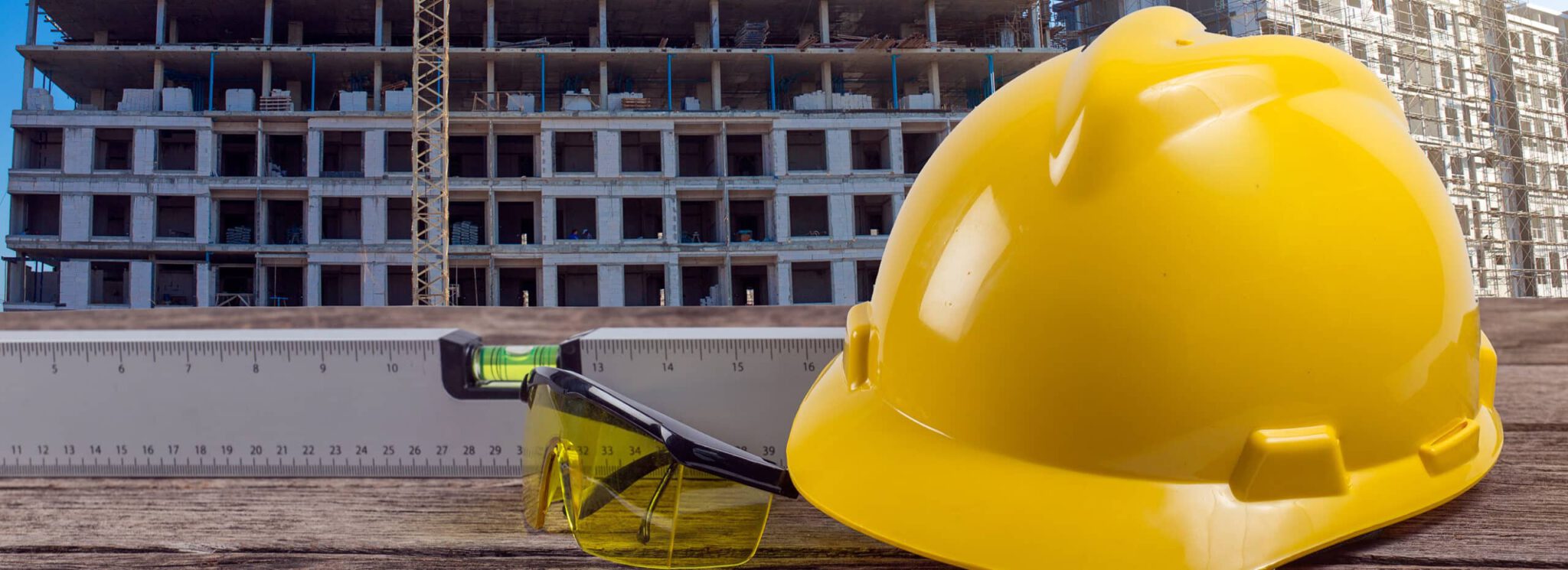Judging from search engine results, the topic of organizing a construction site doesn’t come up often enough and yet, the benefits are many. An organized construction site increases safety, enhances productivity, and boosts profits.
A well-designed construction site offers more benefits, including the following:
- Shortens distances for transporting material to point of use
- Removes blocks to ensure materials easily and quickly move around site
- Maximizes the safe and effective storage of materials
- Avoids duplicate handling of materials and chemicals
- Implements controls to limit theft, breakage, and material waste
- Ensures equipment safely and quickly moves around the site
These tips will help organize your construction project to maximize safety, efficiency, and the bottom-line.
1. Create a Plan for the Construction Project
Before anything else, you want to document your goals and create a timeline for the project. The plan should include a list of resources needed and the estimated costs. Having all this information from the start allows you to plan the locations for the resources and work towards a goal.
2. Use Checklists
What are the safety steps construction workers need to take before starting their tasks? This is where checklists prove valuable. Every type of task has different steps to ensure everyone’s safety. The person performing hot works has a different checklist than the person assigned to transportation. Laminate these checklists so workers can mark them off and reuse them every day.
3. Design the Flow of Traffic
Prior to determining where materials and equipment should go, map the traffic flow. This not only covers the flow of equipment, but also foot traffic and movement of materials since they won’t always be transported by vehicles.
Once you have the traffic flow solved, it’ll be easier to determine where to put equipment, materials, vehicles, and so on. When you know where vehicles and heavy materials are located and moving, it will help to keep pedestrians out of harm’s way.
4. Safeguard Public Areas
Some construction projects take place in public spaces. You want to make it is as effortless as possible to detour traffic while minimizing frustration. Study the public space and outline a plan to protect visitors and vehicles.
Another useful tool for protecting the public is to use live video monitoring. This lets you watch for problem areas you may miss during planning. The investment in remote video surveillance pays for itself as someone getting hurt could lead to an expensive lawsuit and medical bills.
5. Communicate Consistently
All the best-laid plans are useless without communication. Regular communication lets the team know about the plan and goals, including information about the different types of checklists and how to use them. Employees need to know where to go and understand how traffic flows.
6. Protect Employees and Equipment
Communication and training are critical to the success of a construction project. The Best Ways to Improve Construction Site Safety covers the things you can do to protect employees. Regular talks about safety and training go a long way toward increasing safety.
This is where construction site security with remote video surveillance can help. Constantly monitoring the construction site can help identify potential safety hazards as well as deter trespassing and theft.
Throughout the project, refer to the plan to verify you’re progressing toward your goals. As you complete each project, figure out what went well and what needs improving. Construction organization is always a work in progress. Document everything so you don’t miss a step in the next project.
If you have questions about remote video surveillance as a construction site security solution, contact us.

